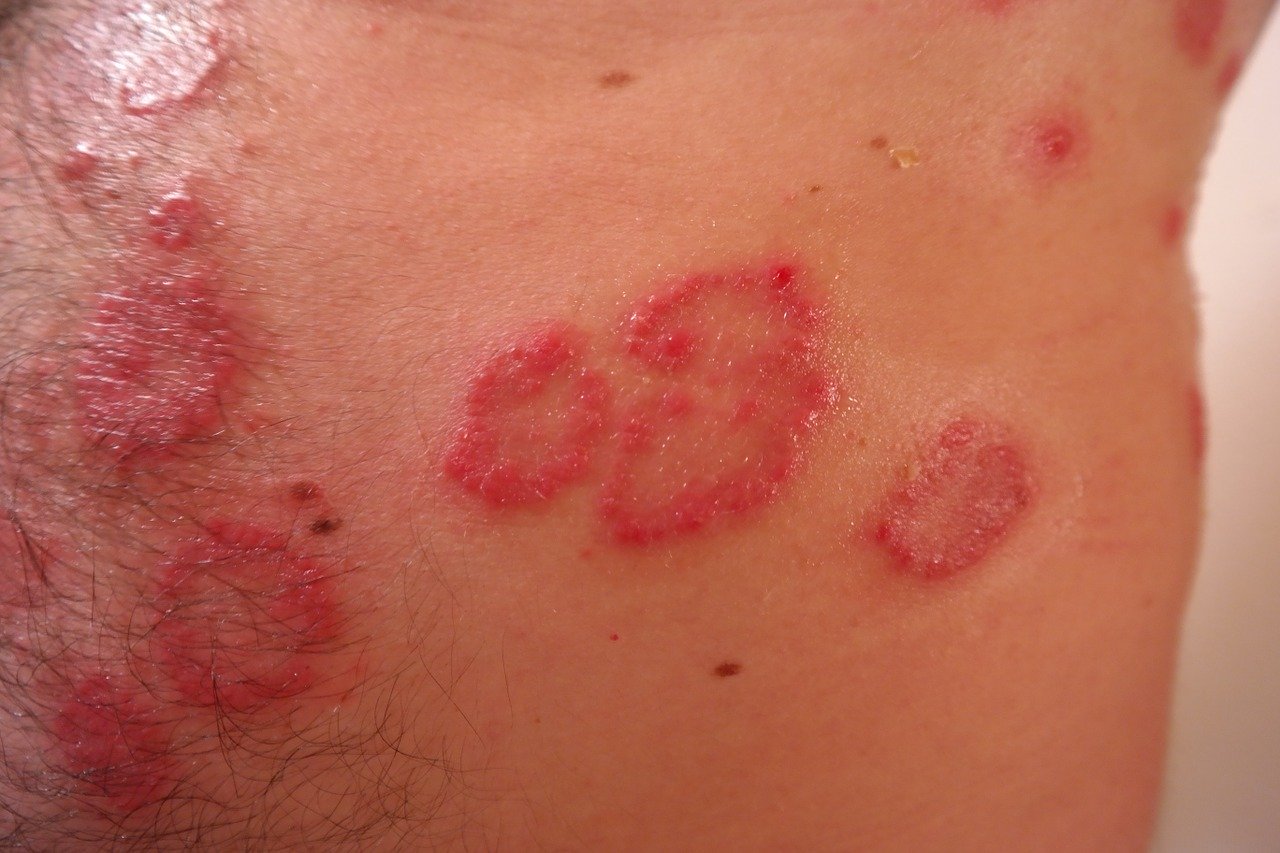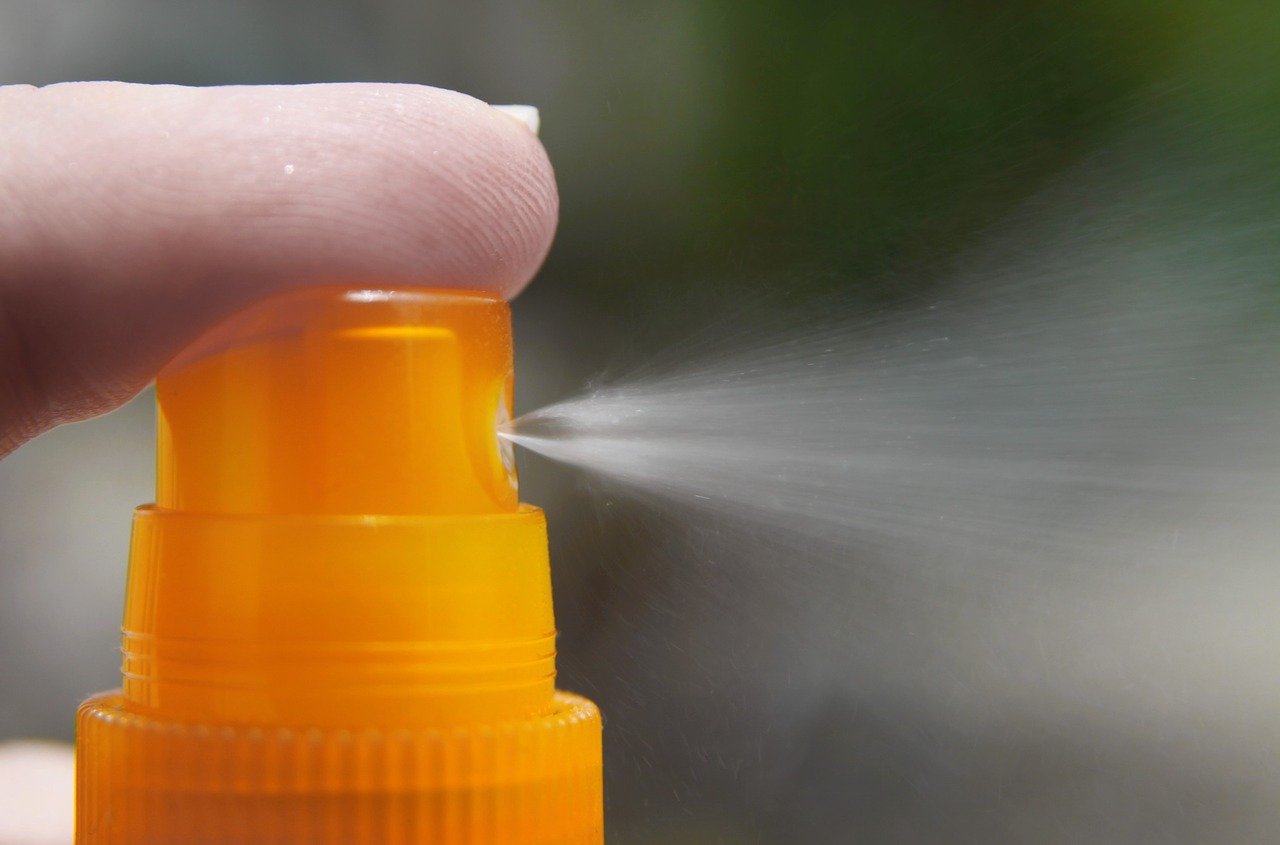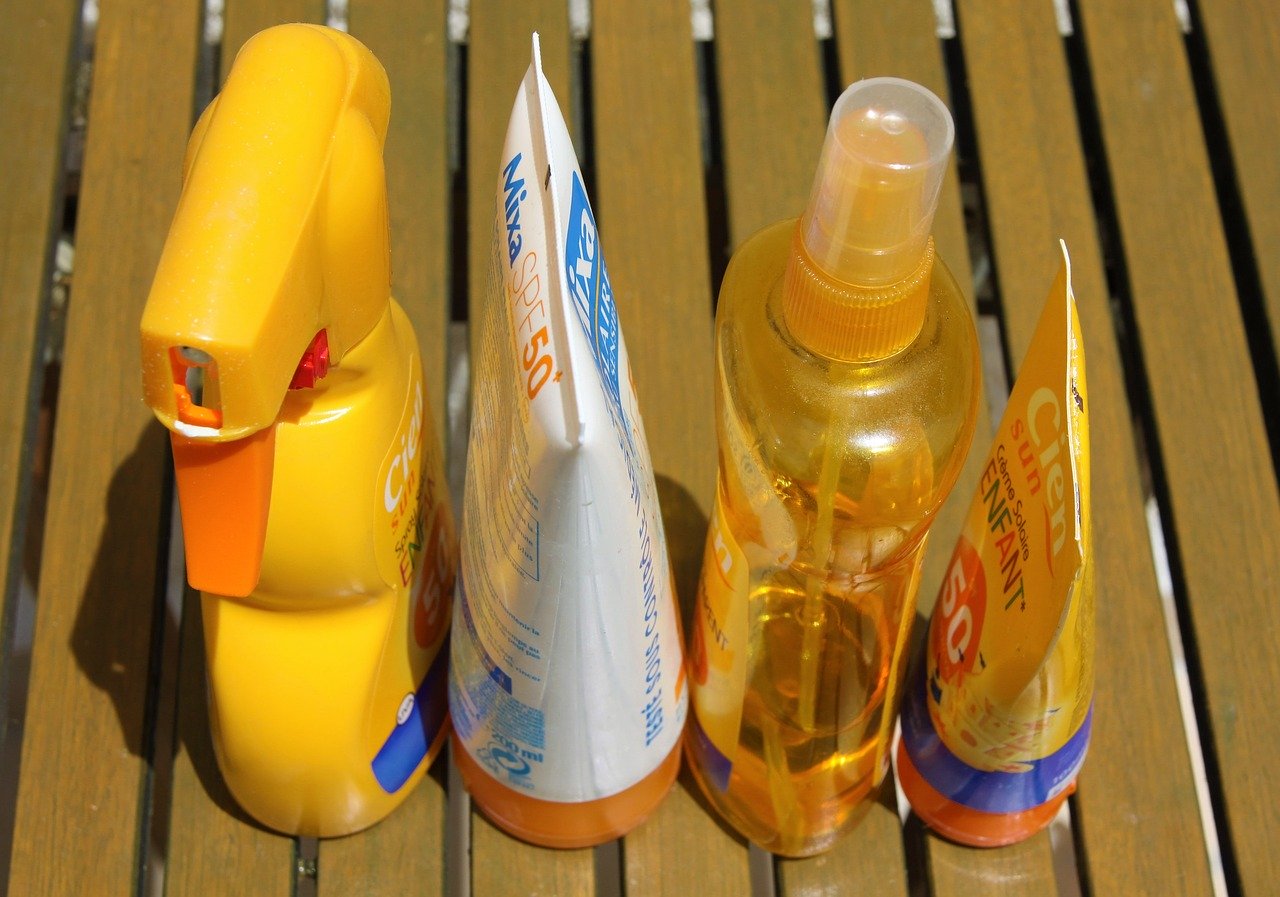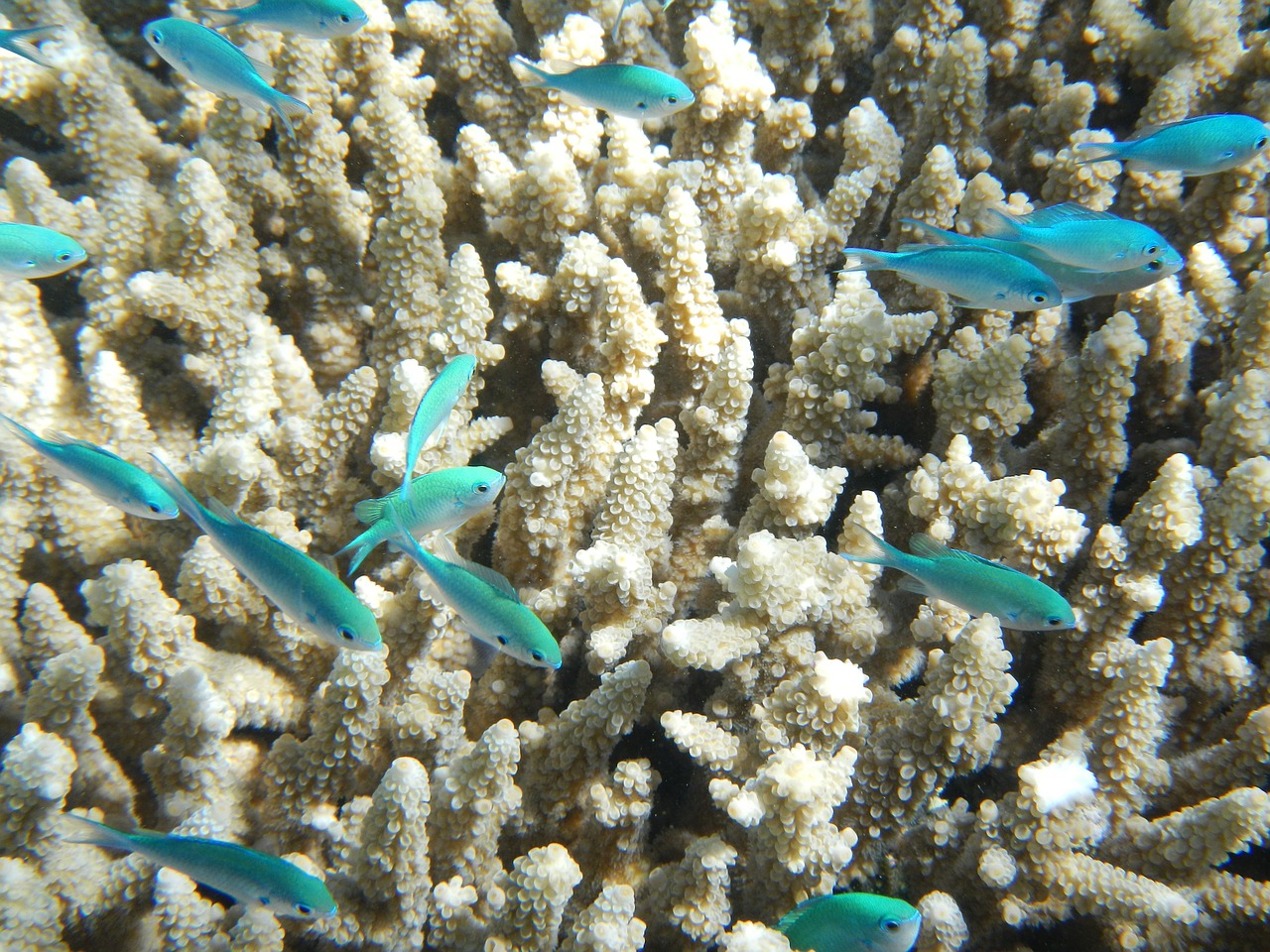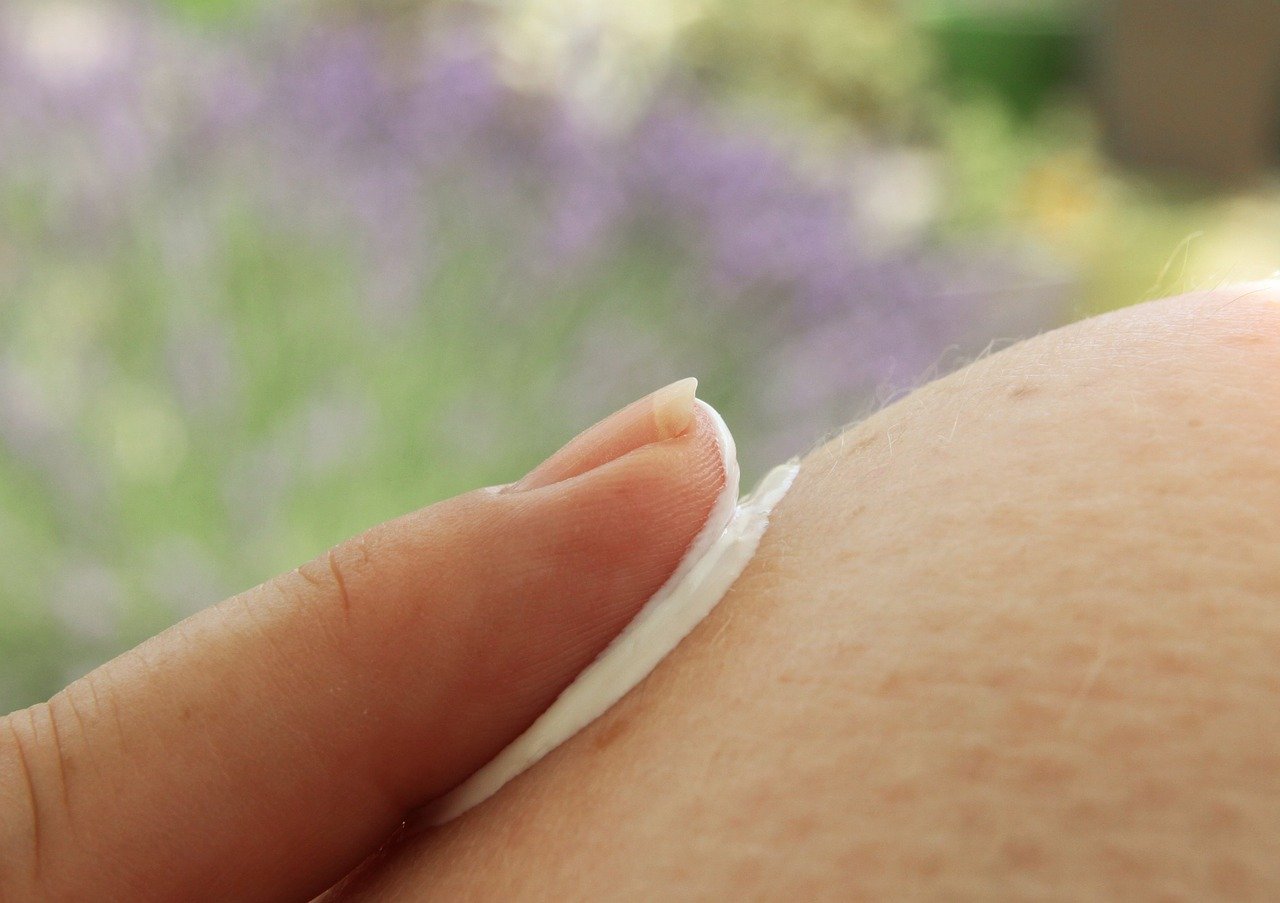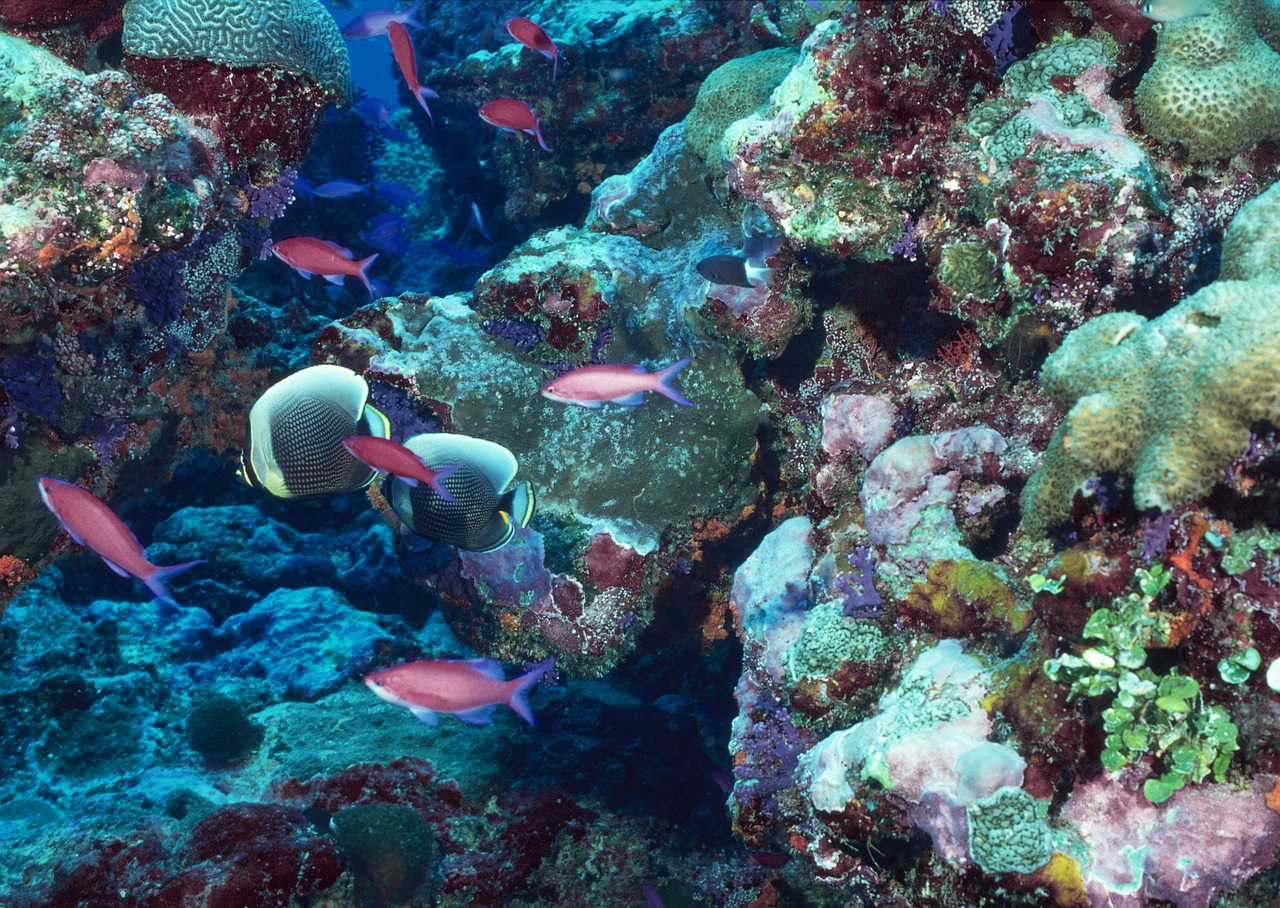In March 2020 researchers from Italy, USA and Serbia published their review on the interactions between the skin, microbiome, gut microbiota and psoriasis. The researchers stated that psoriasis is alternatively … Read more
Fish consumption is related to higher blood levels of per- and polyfluoroalkyl substances, mercury and arsenic, whilst fruit consumption can be a source of exposure to organophosphate pesticides
In October 2019 researchers from Norway, Lithuania, Spain, UK, Greece, France and the USA published the results of their study to assess the association between diet and measured blood and … Read more
The current intra-Union trade reference level for perchlorate in spinach of 0.2 mg/kg, as advocated by the European Commission, may not be sufficient to protect individuals with a high spinach consumption against possible health risks
In April 2018 researchers from Austria published the results of their study to assess dietary perchlorate exposure of the Austrian population for adults, children and infants. In addition, a risk … Read more
Prenatal exposure to polycyclic aromatic hydrocarbons may magnify or sustain the effects of early life psychosocial/ socioeconomic stress on mental health issues later in a child’s development
In January 2020 researchers from the USA published the results of their study to assess the potential interactions between prenatal polycyclic aromatic hydrocarbons exposure and psychosocial/socioeconomic stress on mental health … Read more
Amongst soy-based foods, tempeh has the highest content of the toxic metal cadmium
In January 2020 researchers from the Czech Republic published the results of their study to assess the weekly dietary intake of cadmium from soybeans (or soya beans). A total of … Read more
Exposure to organophosphate flame retardants during pregnancy may potentially affect neurodevelopmental outcome in offspring
In December 2017 researchers from the USA published the results of their study to assess whether there was any association between organophosphate flame retardant levels in the urine of pregnant … Read more
Are polybrominated diphenyl ethers a risk factor for thyroid cancer?
In August 2018 researchers from Italy published their review on the role of polybrominated diphenyl ethers in thyroid cancer. They stated that the incidence of thyroid cancer has increased faster … Read more
Cooking does not consistently reduce the levels of per-and poly-fluoroalkyl substances found in seafood and cannot diminish dietary exposure
In May 2019 researchers from Australia published the results of their study to assess whether different cooking methods can potentially change the levels of per-and poly-fluoroalkyl substances found in seafood. … Read more
Although there are some health concerns concerning endurance exercise, it is generally regarded as safe
In April 2019 researchers from the USA published their review on whether endurance exercise is safe. The researchers stated that endurance exercise produces acute but not chronic increases in blood … Read more
Air pollution appears to increase the risk of depression in elderly women
In March 2020 researchers from Germany and the USA published the results of their study to assess the association between air pollution exposure and a diagnosis and symptoms of depression … Read more
Oxybenzone
Oxybenzone is known by many names including (2-Hydroxy-4-methoxyphenyl)-phenylmethanone, benzophenone-3, and 2-Hydroxy-4-methoxybenzophenone. It may be found in sunscreens, facial moisturizers, lip balm, lipstick, anti-aging creams, hair conditioners, hair spray, nail polish … Read more
Octinoxate
Octinoxate is known by many names including octyl methoxycinnamate, ethylhexylmethoxy cinnamate, escalol, neo heliopan, etc and is found in many skin and cosmetic products, including makeup foundation, hair dye, shampoo, … Read more
Although there is a gradual accumulation of octinoxate and octocrylene in coral, other ingredients in sunscreen products appear to increase the degree and rate of absorption and exacerbate the toxicity of sunscreen products
In February 2019 researchers from Hong Kong, China and Taiwan published the results of their study to assess the effect of 7-day exposures to two of the organic ultraviolet filters … Read more
Will the protection of coral reefs result in an increase in human skin cancers?
In February 2019 researchers from the USA published their review of the reasons why Hawaii have recently banned two major ingredients, oxybenzone and octinoxate, found in the majority of commonly … Read more
Examine all available evidence before making decisions on sunscreen ingredient bans
In July 2019 researchers from the USA published their scientific article on coral bleaching. They stated that coral bleaching is a worldwide problem and more needs to be done to … Read more
Oxybenzone, found in sunscreens, may be associated with contact and photocontact allergy reactions and Hirschsprung’s disease, as well as producing a variety of toxic reactions in coral and fish ranging from reef bleaching to mortality
In February 2018 researchers from from the USA published their review on the chemical oxybenzone (also known as Benzophenone-3) which is an emerging human and environmental contaminant used in sunscreens … Read more
Sunscreen products are a significant source of metals and inorganic nutrients in coastal waters and are having a serious effect on marine ecology which must not be ignored
In August 2019 researchers from Spain published the results of their study to assess the release rate of dissolved trace metals (aluminium, cadmium, copper, cobalt, manganese, molybdenum, nickel, lead and … Read more
Mobile phone radiation appears to significantly reduce the hatching ratio but not the mating success of the honey bee
In April 2019 researchers from Germany published the results of their research to assess the effect of radiation from a common mobile phone device (GSM band at 900 MHz) on … Read more

